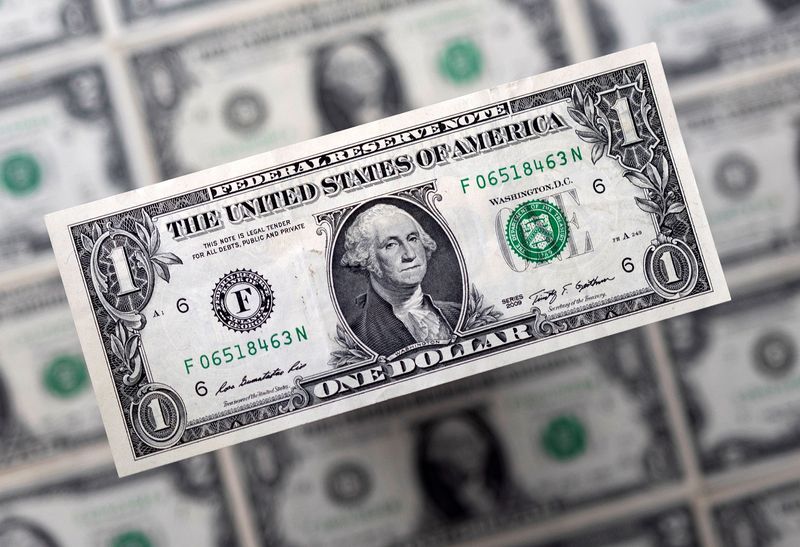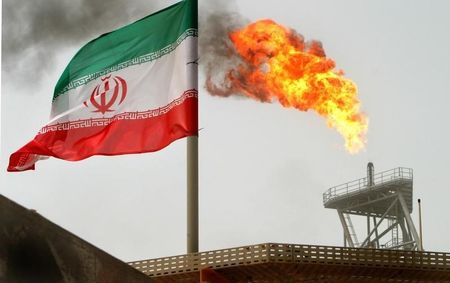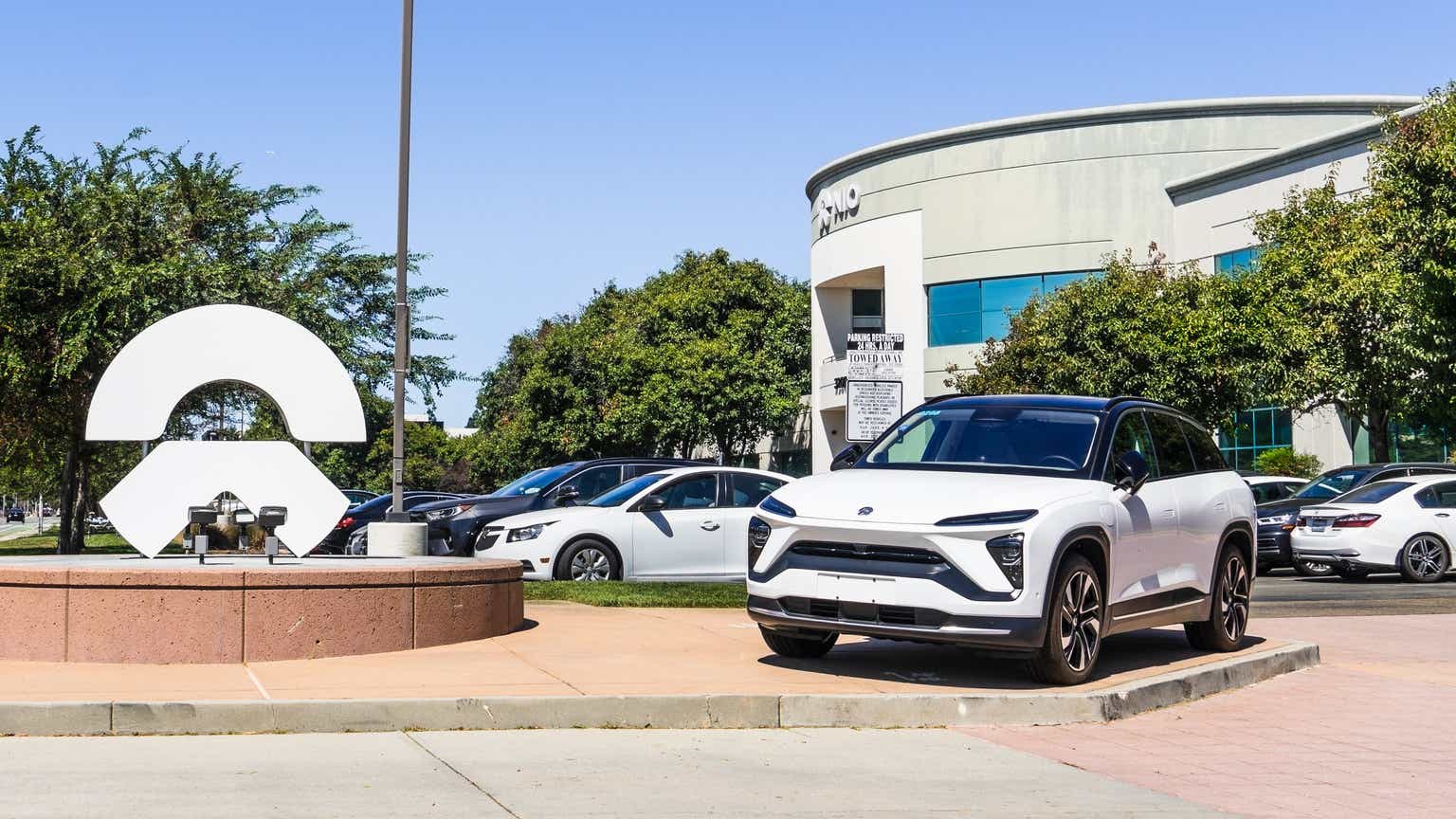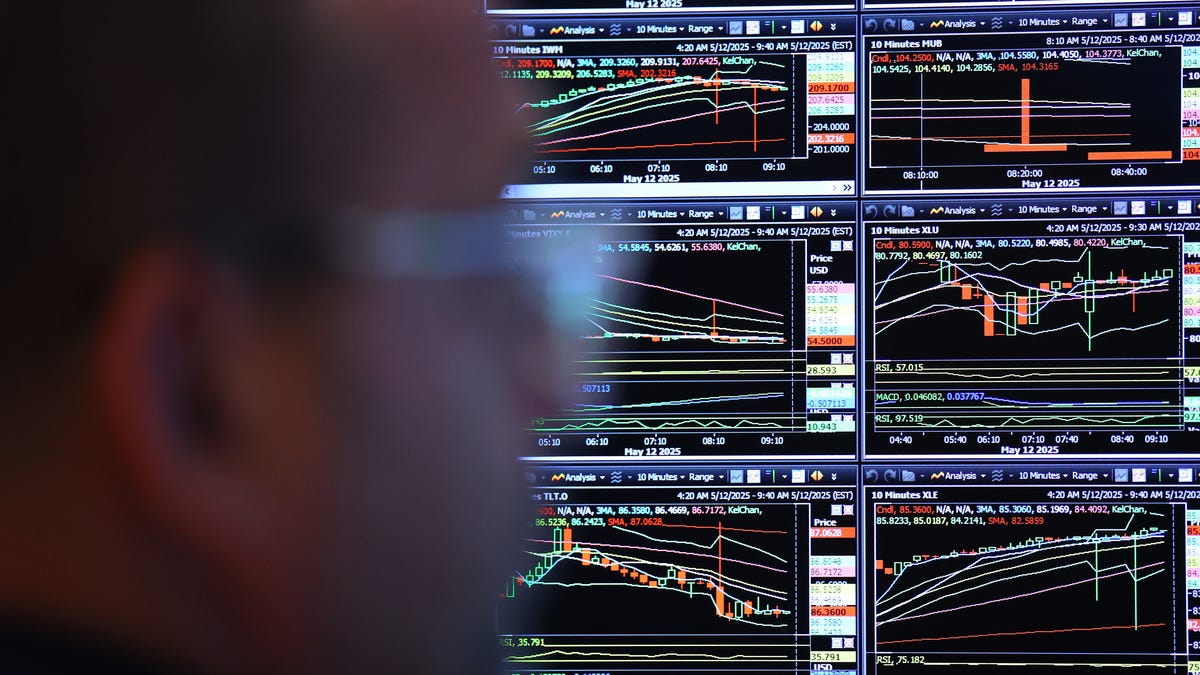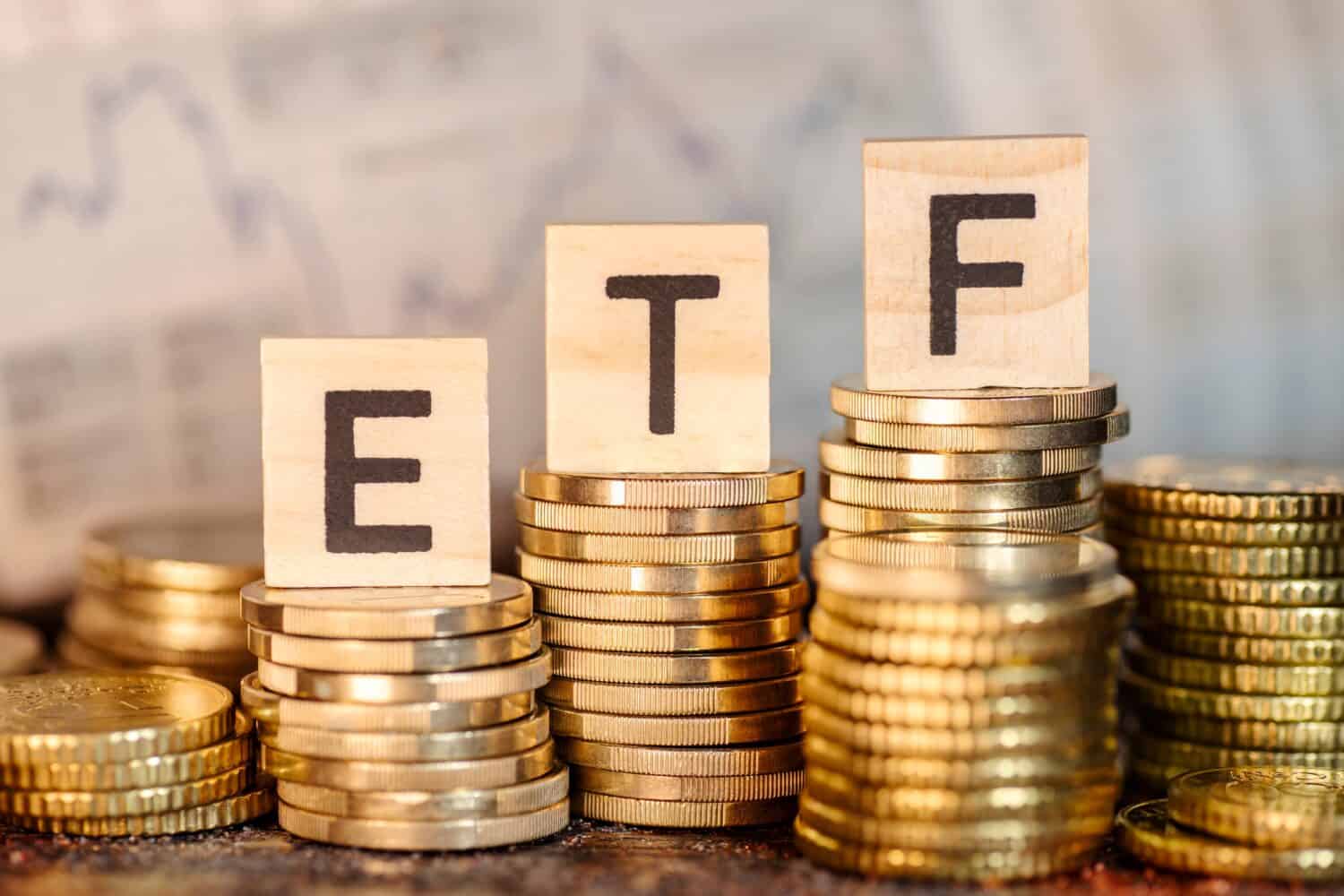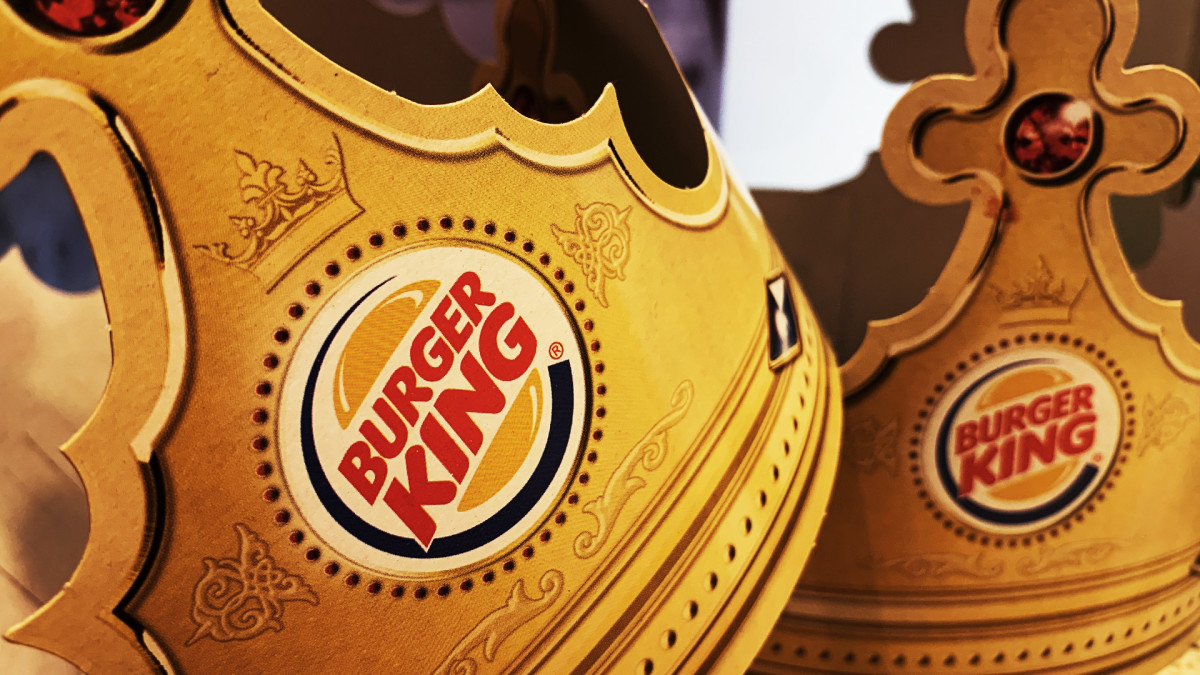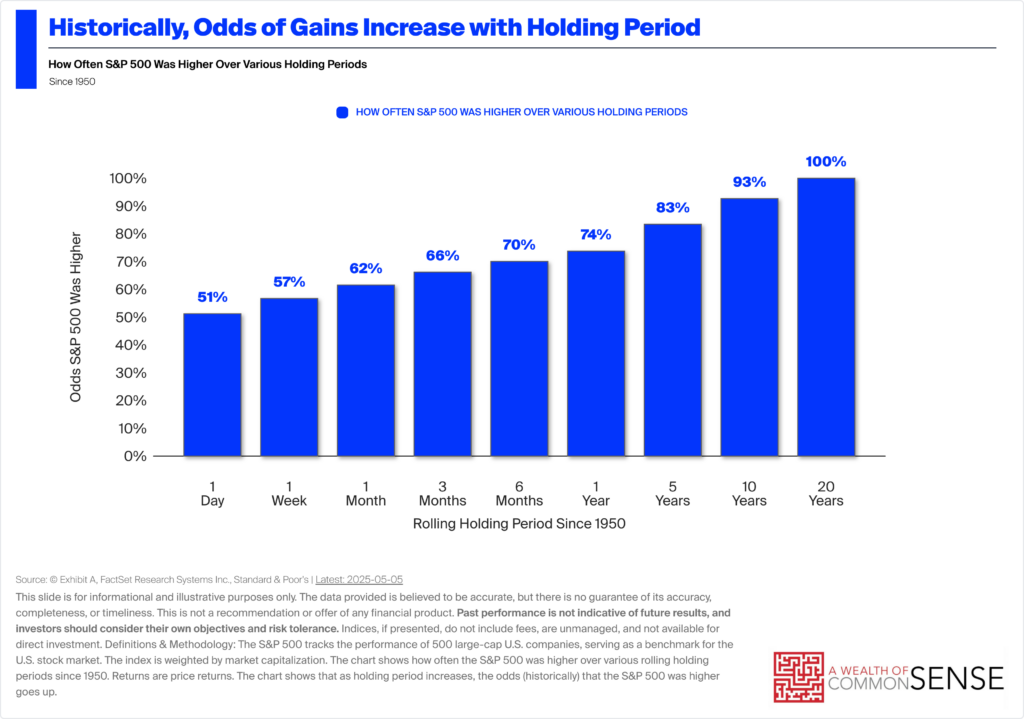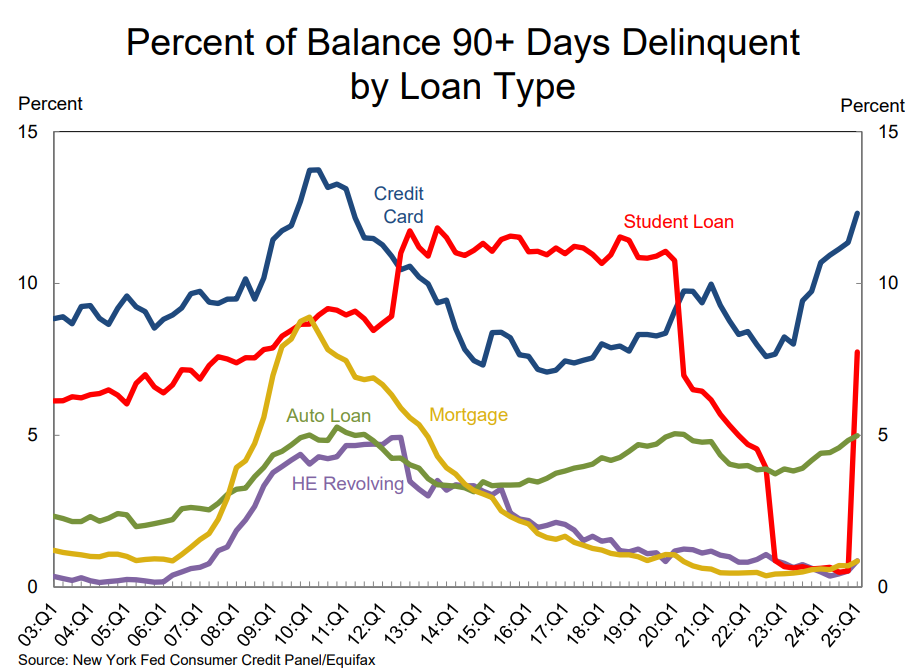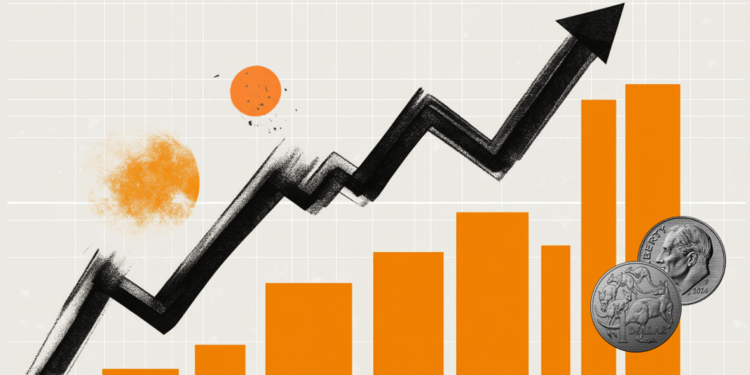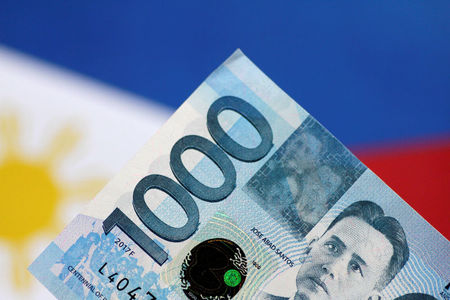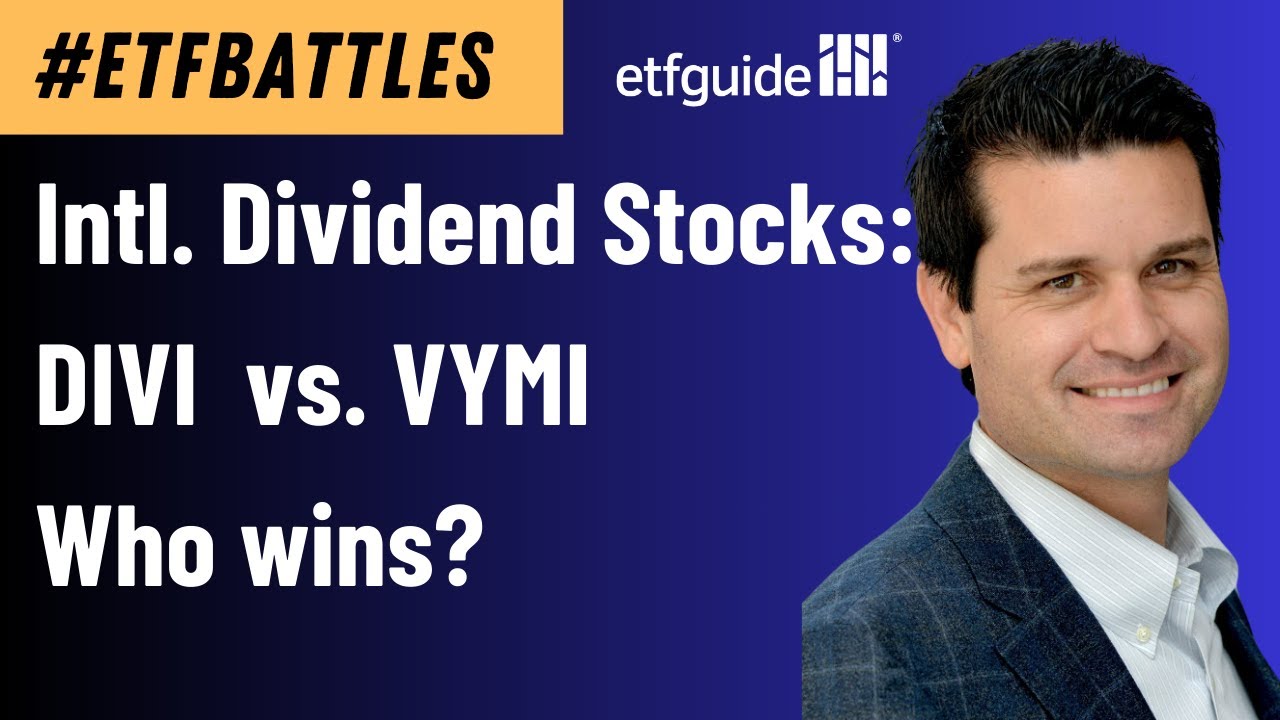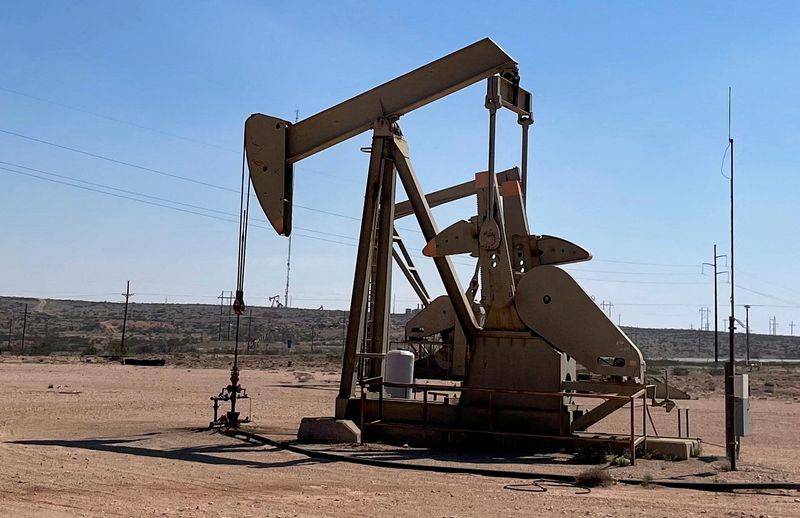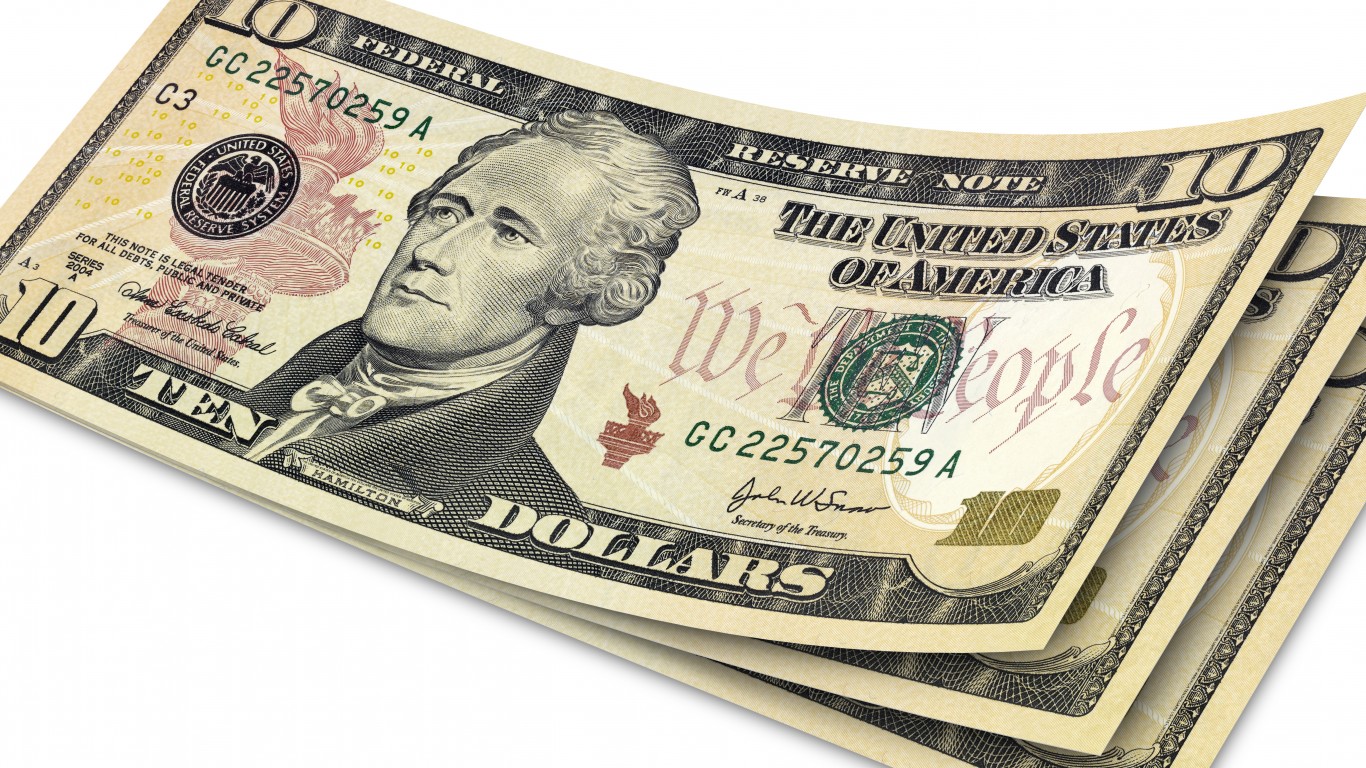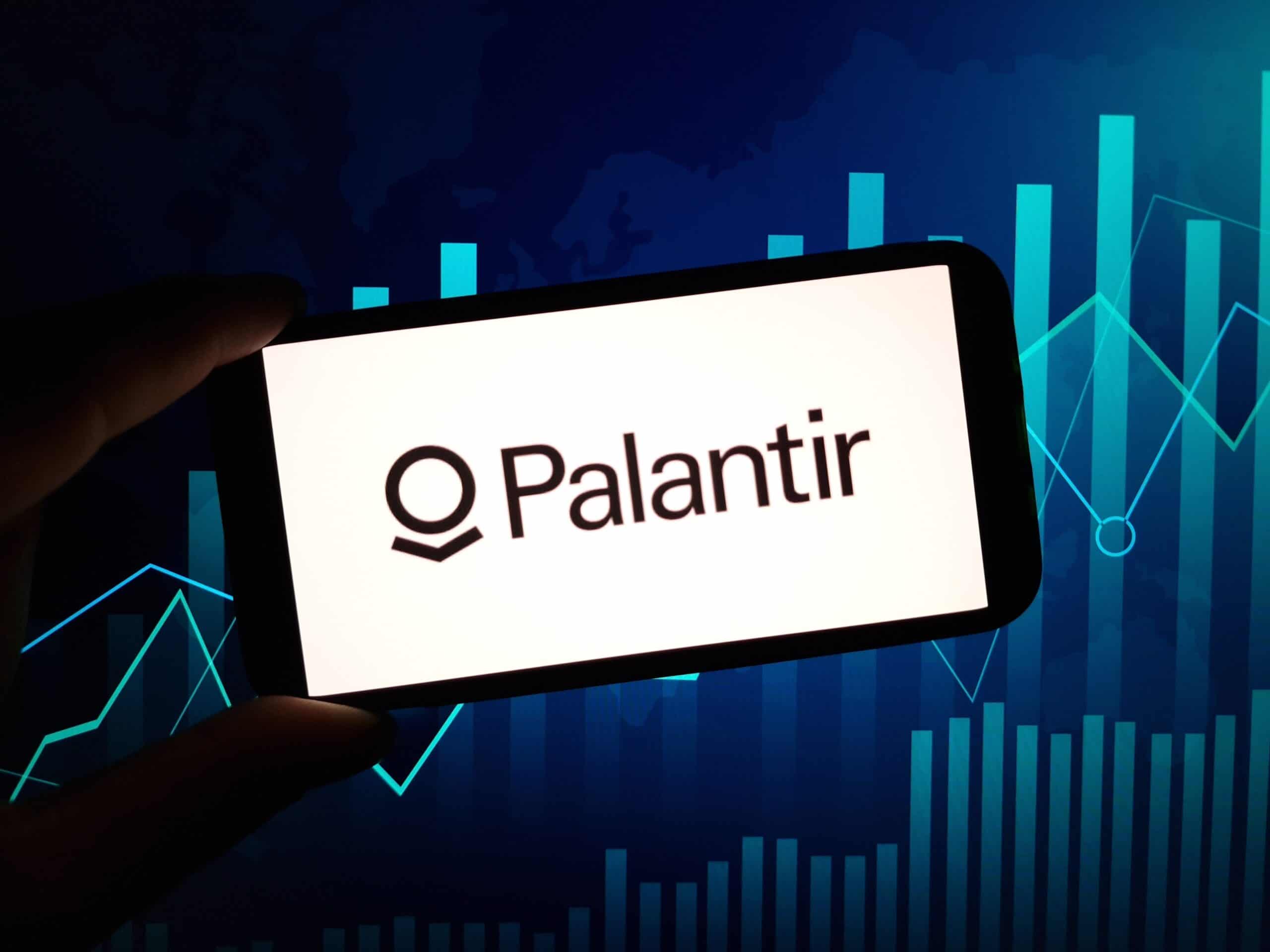Kinder Morgan (KMI) Vs. Williams Companies (WMB): Which Energy Stock Dividend Is Best?
Energy stocks are a popular choice for dividends, as many oil and gas companies choose to offer shareholders an incentive. This is especially true for mature energy plays that continue to generate cash flow from activities like oil and gas drilling or pipeline transportation. Another reason they pay dividends is to offset the volatility investors […] The post Kinder Morgan (KMI) Vs. Williams Companies (WMB): Which Energy Stock Dividend Is Best? appeared first on 24/7 Wall St..

Key Points
-
Both Kinder Morgan and Williams Companies have proven successful dividend strategies and prioritize shareholder value, almost to a fault.
-
One stock has performed better than the other in 2025.
-
Are you ahead, or behind on retirement? SmartAsset’s free tool can match you with a financial advisor in minutes to help you answer that today. Each advisor has been carefully vetted, and must act in your best interests. Don’t waste another minute; get started by clicking here.(Sponsor)
Energy stocks are a popular choice for dividends, as many oil and gas companies choose to offer shareholders an incentive. This is especially true for mature energy plays that continue to generate cash flow from activities like oil and gas drilling or pipeline transportation. Another reason they pay dividends is to offset the volatility investors can experience from stocks that are closely tied to changing commodity prices.
Two companies that are known for rewarding investors with steady cash dividend payouts are Kinder Morgan (NYSE: KMI) and Williams Companies (NYSE: WMB), both energy infrastructure plays. While both companies have proven successful dividend strategies and prioritize shareholder value, we thought now would be a good time to compare the two stocks to determine which one comes out on top for dividends.
Kinder Morgan
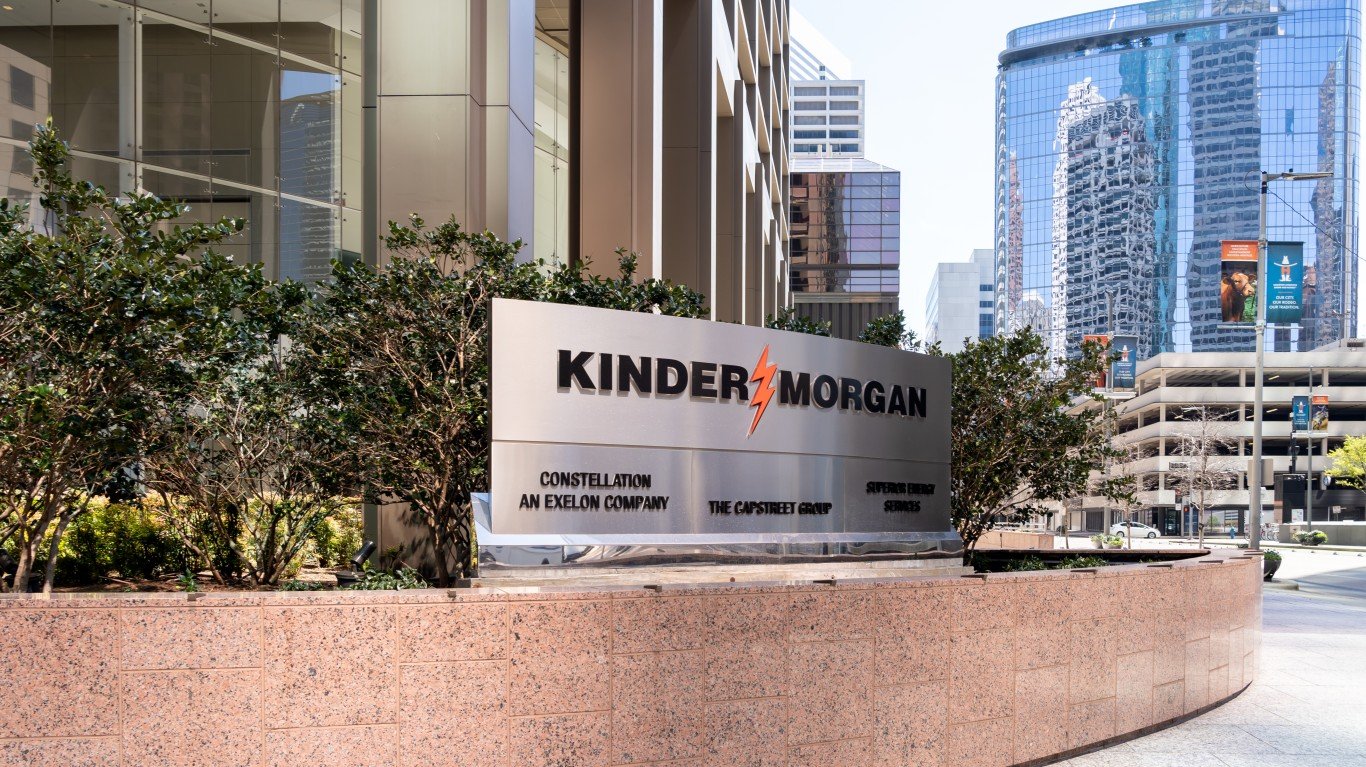
Dividend Amount: $0.2925
Dividend Yield: 4.2%
Dividend Frequency: Quarterly
In early 2025, Kinder Morgan raised its dividend amount from $0.2875 to $0.2925, or $1.17 annualized, a good start to the year for shareholders. The bump represents a 2% dividend increase year-over-year based on Kinder Morgan’s official guidance. Kinder Morgan’s stock is flat year-to-date. Wall Street analysts are split on the stock between buy and hold, with an average price target of $30.50.
In Q1 2025, Kinder Morgan delivered cash flow from operations of $1.2 billion and $400 million in free cash flow after capex, saying that its balance sheet remains “healthy.” Kinder Morgan anticipates a strong financial performance in 2025, budgeting for net income attributable to KMI of $2.8 billion, an 8% increase year-over-year. The company also projects adjusted EPS of $1.27, representing a 10% rise YoY.
Kinder Morgan’s payout ratio is high, hovering between 90% and 92% in 2025, which suggests that it redirects most of its profits back to investors. The company also has a proven history of returning shareholder value to investors and has been making uninterrupted cash distributions over the past decade-plus, even in lean times like in 2015 when it lowered the dividend amount. Ten years ago, Kinder Morgan’s board of directors chose to cut the dividend from $0.51 per share to $0.125 amid a declining share price, which brought the dividend yield at the time to 3.5%. But since 2018, the dividend has been steadily climbing higher.
With a market capitalization of $61.1 billion, Kinder Morgan has total debt of $33.2 billion on its balance sheet, most of which is long-term in nature, compared with operating cash flow of $5.6 billion. Energy is considered a capital-intensive business, and Kinder Morgan is at the heart of it. While its debt load is high, the company is in good standing with the credit agencies and is not considered to be at risk of default.
Williams Companies

Dividend Amount: $0.50
Dividend Yield: 3.4%
Dividend Frequency: Quarterly
The Williams Companies kicked off 2025 with a 5.3% year-over-year increase in its quarterly dividend to $0.50 per share, or $2.00 annualized, signaling a positive start to the year for investors. This compares with a quarterly dividend distribution of $0.4750 in 2024. WMB stock is up 7.4% year-to-date. Wall Street analysts are mostly bullish on WMB stock, with an average price target of $62.15.
For the first quarter of 2025, Williams reported cash flow from operations of $1.4 billion, underscoring the financial health of the balance sheet. Williams anticipates continued strong performance throughout 2025, with projections of adjusted EBITDA in the range of $7.5 billion and $7.9 billion
Williams’ dividend payout ratio is also notable, hovering at roughly 100%, indicating a commitment to returning a significant portion of its distributable cash flow to shareholders. The company has a solid track record of providing shareholder value through consistent dividend payments. While the company, like many in the midstream sector, has navigated industry cycles, its dividend has demonstrated resilience and growth over the long term.
In 2016, when the oil price was under pressure, Williams Companies lowered its dividend amount from $0.64 per share to $0.20 per share. The company was also reeling after a planned merger with Energy Transfer Partners fell apart. Since then, the company has been steadily increasing its annualized distribution.
With a market capitalization of $70.9 billion, Williams carries total debt of $27.4 billion on its balance sheet, predominantly long-term, compared with operating cash flow of $5.1 billion. As a key player in the energy infrastructure space, Williams operates a capital-intensive business. While its debt is substantial, the company maintains positive credit ratings, reflecting a stable financial outlook and a manageable risk of default.
Verdict
Choosing between two steady dividend payers is akin to choosing between your two favorite flavors of ice cream. You really can’t go wrong. Kinder Morgan pays a slightly higher dividend yield, while Williams Companies pays a higher quarterly distribution. Both companies have similar debt-to-EBITDA ratios in the ballpark of 4.0 times. Williams Companies stock price has managed to deliver returns of 7% year-to-date, while Kinder Morgan stock is languishing. For that reason, we will select WMB as the winner of this dividend battle.
The post Kinder Morgan (KMI) Vs. Williams Companies (WMB): Which Energy Stock Dividend Is Best? appeared first on 24/7 Wall St..



